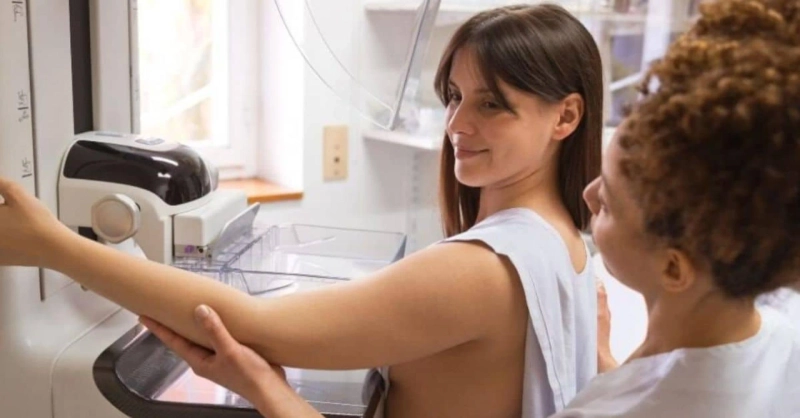Introduction
Breast cancer is a significant health concern for women worldwide, and early detection is key to successful treatment. Mammograms are a vital tool in identifying breast cancer at its earliest, most treatable stages. However, there is often confusion about when women should start getting mammograms. In this blog, we will explore the recommended age for mammograms and the factors that influence this decision.
Understanding the Importance of Mammograms
Mammograms are X-ray screenings of the breast tissue used to detect abnormalities or signs of breast cancer. They can identify tumors or other irregularities that may not be noticeable through physical examination. Detecting breast cancer early through mammography can significantly increase the chances of successful treatment and survival. Visit https://www.kemptonparkmammography.co.za to learn more
Age Recommendations
The recommended age for a woman to start getting regular mammograms can vary depending on guidelines from different medical organizations. However, there is a general consensus that women should begin mammogram screenings between the ages of 40 and 50. Let’s explore these age ranges:
1. Age 40
Many medical organizations, including the American Cancer Society, recommend that women at average risk for breast cancer should consider starting annual mammograms at age 40. This is because breast cancer can occur at any age, and early detection is critical.
2. Age 45 to 50
Some guidelines suggest that women can begin regular mammograms at age 45 and continue annually until age 54. After that, they may choose to continue with yearly screenings or switch to biennial mammograms, depending on their preferences and risk factors.
3. Age 50 and Beyond
Women aged 50 and older are generally encouraged to have mammograms every one to two years. The decision to continue screening should be based on individual risk factors and discussions with healthcare providers.
Individual Factors to Consider
While age-based recommendations provide a general guideline, it’s essential to consider individual factors that can influence when a woman should start getting mammograms. These factors may include:
1. Family History
Women with a family history of breast cancer or specific genetic mutations may need to start screening earlier and more frequently. A healthcare provider can assess an individual’s risk based on their family history.
2. Personal Health History
Some women may have a personal history of breast cancer or other breast health concerns that require earlier or more frequent mammograms.
3. Lifestyle and Risk Factors
Certain lifestyle factors, such as smoking and obesity, can increase the risk of breast cancer. It’s essential to discuss these factors with a healthcare provider to determine the appropriate screening schedule.
Conclusion
The age at which a woman should get a mammogram can vary based on her individual risk factors and medical guidelines. While there is a general consensus that starting mammograms between the ages of 40 and 50 is advisable, it’s crucial to consult with a healthcare provider to create a personalized breast cancer screening plan. Regular mammograms remain one of the most effective tools in the early detection of breast cancer, ultimately increasing the chances of successful treatment and recovery. Learn more about mammograms here.



